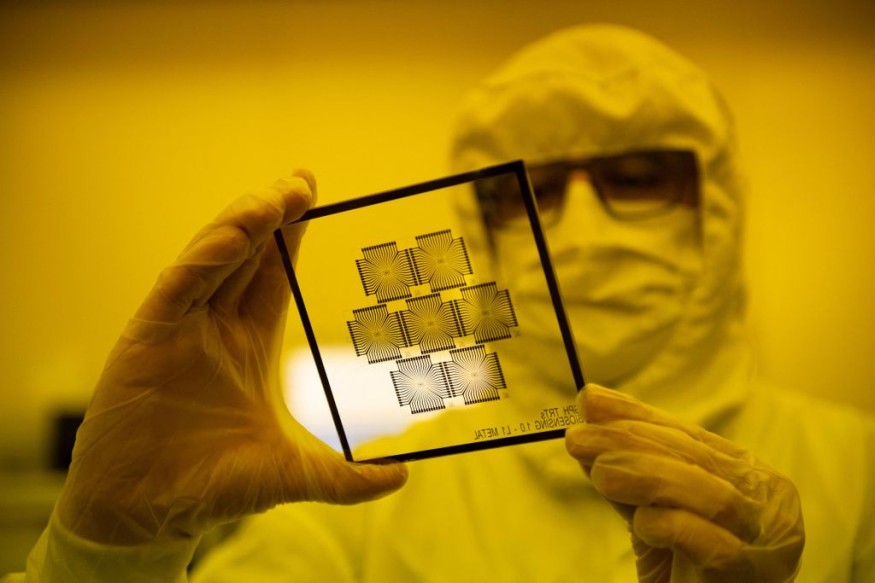Parkinson's disease is known as a neurological disorder affecting the motor and cognitive functions of the brain. Elderly people aged 65 years old and above to be the most affected globally. There is no cure to the degenerative condition. However, a new study says treatment of the disease could be possible, thanks to nanotechnology.
Researchers from the United States developed mini versions of antibodies called "nanobodies" which they claim to be capable of entering even through brain cells and potentially cure the disorder. Similar to the immune system's antibodies against foreign pathogens, are being explored for its possible capability to target the cause of the condition.
The main cause of Parkinson's disease remains unknown until today. While it has been associated mostly with the old age bracket group, health authorities remind the public that it is not a natural part of aging, according to previous research about dementia and other brain disorders.
The condition has afflicted millions of people in recent years and killed hundred of thousands of others in the past two decades. While surviving the progressive disease is possible, it can affect the daily life, career, decision-making, and socialization of people suffering from it.
Potential Cure for Parkinson's Disease

The new research has been published in the journal Nature Communications on July 19 through the collaboration between researchers of Johns Hopkins Medicine and scientists at the University of Michigan, Ann Arbor.
In the study, the research team have studied antibodies as natural compounds that are also found in the blood of animals like llamas and sharks.
With this, Johns Hopkins Medicine researchers have contributed in the development of a nanobody that can penetrate through the hard exterior of brain cells and untangle misshapen proteins called alpha-synuclein, which leads to Parkinson's disease.
Nanotechnology: Role of Nanobodies
The team created seven similar types of nanobodies called PFFNBs, which could attach and bind themselves to alpha-synuclein clumps.
One of these miniature antibodies called PFFNB2 was able to disrupt and destabilize clump's structure, as it was seen in its prevention of the misshapen protein from spreading to the mouse brain's cortex.
The study opens the possibility that nanobodies may likely be the key for scientists to further understand the biological mechanisms behind the disease and develop novel treatments for it in the future.
What is Parkinson's Disease?
Parkinson's disease is a neurodegenerative disease affecting the brain area called substania nigra, primarily affecting dopamine-producing neurons, according to the Parkinson's Foundation, a non-governmental organization.
The foundation provides the following common symptoms, which varies depending on each person afflicted by the condition:
- Tremor
- Bradykinesia
- Limb rigidity
- Balance problems and gait
According to the World Health Organization (WHO), 8.5 million individuals were living with Parkinson's disease based on global estimates in 2019 and caused 329,000 deaths, an 81% increase since 2000.
The WHO assess the disability and death caused by Parkinson's disease are rising faster than any other neurological disorder worldwide.
Still, the organization says rehabilitation and medical treatment are still viable options for helping affected patients.
Related Article : Bad Dreams and Nightmares Could be an Early Sign of Parkinson's
© 2025 NatureWorldNews.com All rights reserved. Do not reproduce without permission.





